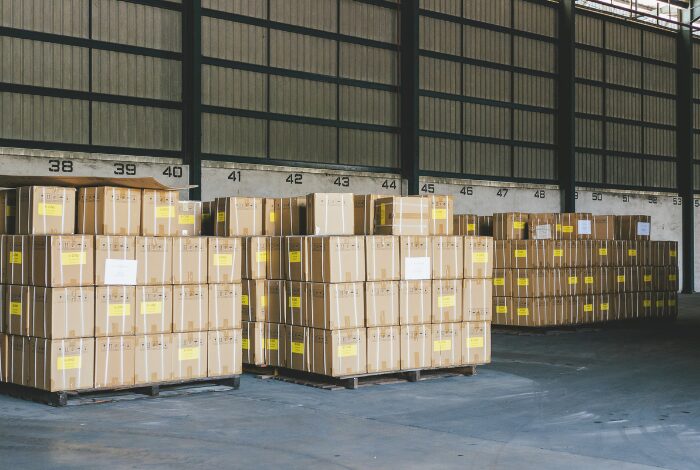How working with packaging designers can unlock savings
At first glance, packaging may seem straightforward, but when engineered thoroughly, packaging design is a strategic element of your supply chain. It can drive efficiency, reduce waste, and lower transit costs.
At Suttons, we understand that every aspect of a packaging solution, from the board grade to the structural layout, has the potential to improve your operations and cut any unnecessary costs.
This guide explores the seven key areas where well-designed packaging can make a difference.
Contents
Optimise material usage
Packaging materials are one of the biggest drivers of packaging cost. With raw material prices continuing to fluctuate due to global supply pressures, using only what is necessary is crucial.
By working with experienced packaging designers, you can evaluate whether the board grade you currently use is fit for purpose, create custom-sized packaging that will fit your product more securely, and maximise the sheet yield through efficient flat layouts.
Fewer materials don’t mean compromising performance; it means an improved design that avoids overspecification and waste reduction.
Leverage proven FEFCO styles
The FEFCO code system offers a library of standardised corrugated packaging designs recognised across the industry, refined for efficiency, performance, and ease of manufacturing.
Selecting the right FEFCO style allows you to tap into tried-and-tested layouts, reduce the design time and tooling costs, and improve material utilisation without compromising protection.
An expert designer can match your product with the ideal style and ensure it’s scaled correctly for optimal results.
Minimise transit costs

Oversized or inefficient packaging means paying to ship space. When packaging is too big, it not only increases dimensional weight charges, but it also reduces the number of units per pallet or vehicle load.
Custom packaging helps reduce shipping costs, maximise palletisation and container utilisation, and lower your carbon footprint with fewer shipments.
This not only drives down logistics but also supports your sustainability goals.
Reduce the need for void fill
Void fill is often used to compensate for packaging that is too big for a product. Still, it results in unnecessary costs and inefficiencies by purchasing additional materials, increased packing time, and more waste for the end users.
By designing packaging that perfectly fits and protects your products, the need for void fill can be significantly reduced or even eliminated. Integrated fittings or inserts designed around your product offer a cleaner and more efficient solution.
Prevent transit damage
Damaged goods incur costs far beyond the packaging itself, including product loss, customer dissatisfaction, returns, and reputational harm.
Well-thought-out packaging design can reinforce protection where it matters the most, account for real-world handling and distribution environments, and minimise costly damage rates.
An experienced design team will analyse your packaging’s performance and recommend enhancements that reduce risk without inflating costs.
Improve packing line efficiency

Packaging that is difficult or time-consuming directly affects labour efficiency and fulfilment speeds.
With the right approach to your packaging design, you can introduce quick-assembly features like crash-lock bases, reduce training time for operatives, and improve packing throughput during busy periods.
Over time, even small gains in packaging efficiency translate into significant operational cost savings.
Streamline your packaging inventory
Managing various packaging SKUs can be inefficient, both operationally and financially. A rationalisation process involves reviewing all packaging formats across your business and consolidating where possible.
This has benefits, including economies of scale from larger volume orders, lower tooling and setup costs, and simplified procurement and stock control.
Packaging consolidation is a powerful strategy, but it requires a deep understanding of your product range and supply chain, something design specialists are well-versed in.
Summary
Cost-effective packaging is about more than just lowering the unit price of a box. It’s about designing purpose-built solutions that reduce waste, improving handling, and enhance the overall performance of your packaging operation.
At Suttons, our team collaborates closely with customers to understand their challenges and deliver packaging that does more with less.
If you’re ready to explore how intelligent packaging design can support your business objectives, we’re here to help.


